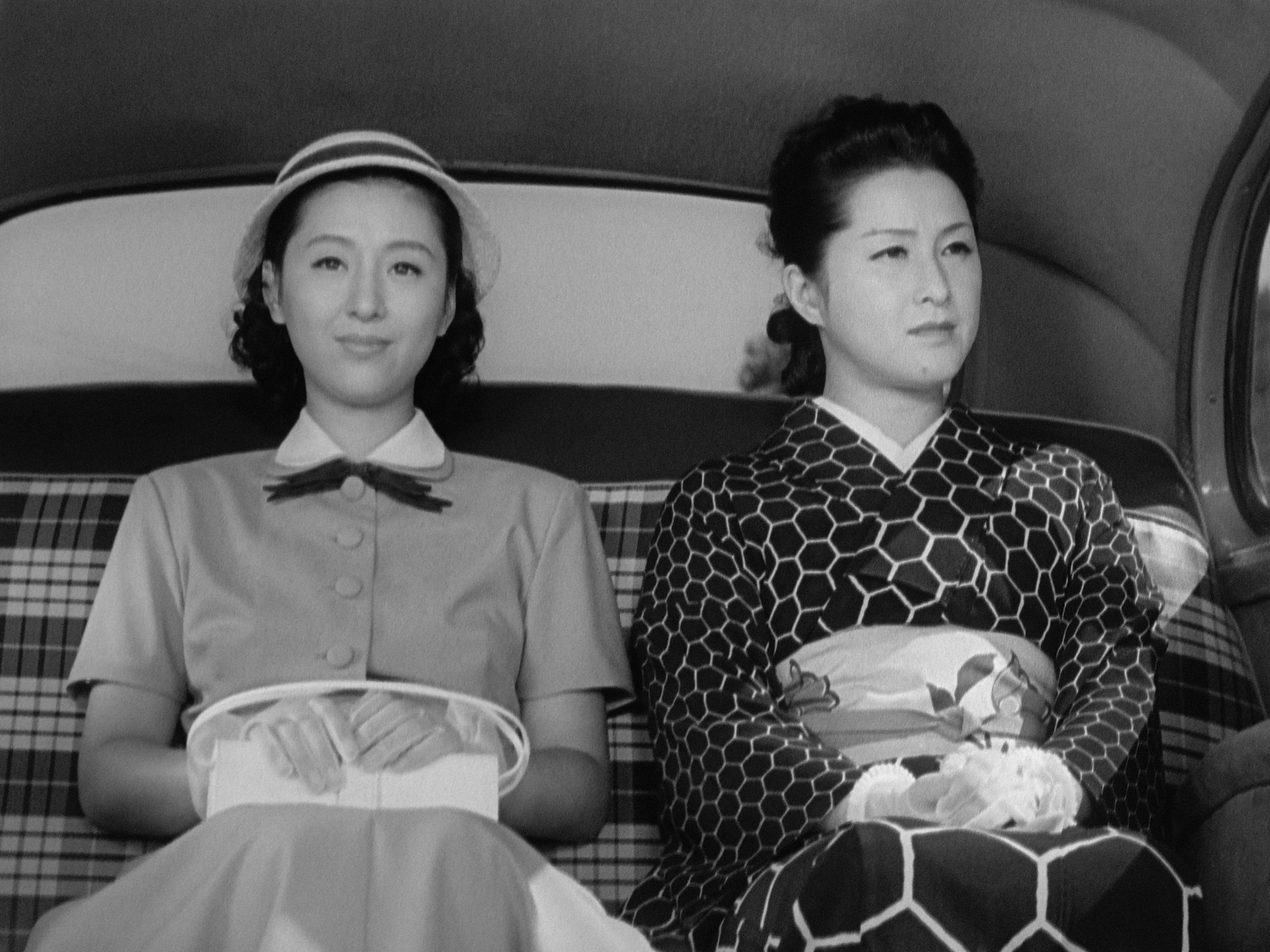
One of the ineffably lovely domestic sagas made by Yasujiro Ozu at the height of his mastery, The Flavor of Green Tea over Rice is a sublimely piercing portrait of a marriage coming quietly undone. Secrets and deceptions strain the already tenuous relationship between a childless, middle-aged couple as her city-bred sophistication bumps up against his small-town simplicity, and a generational sea change – in the form of their headstrong, thoroughly modern niece – sweeps into their household. The director’s abiding concern with the intricacies of family dynamics receives one of its most spirited treatments, enlivened by a wry, tender humor and buoyant expansiveness that moves the action from the home into the baseball stadiums, pachinko parlors, and ramen shops of postwar Tokyo.
“Oudere Japanners zeggen dat Ozu de meest Japanse van alle regisseurs is, onbegrijpelijk voor het Westen. Voor veel jonge mensen is hij te traditionalistisch, denkt en werkt hij te ahistorisch. Ozu is een zencineast die in de positie van toeschouwer en afwachtende de wereld niet wil veranderen, maar zich vlak en onverschillig maakt als een waterspiegel en gereed is voor de indrukken van de wereld. De camera is bij het draaien steeds een fractie van zijn blik verwijderd: de ruimte geeft een versplinterde indruk.”
“Older Japanese people say that Ozu is the most Japanese of all directors, incomprehensible to the West. For many young people, he is too traditionalist, thinking and working too ahistorically. Ozu is a Zen filmmaker who, in the position of the one who looks and waits, does not want to change the world, but makes himself flat and indifferent like a surface of water, ready for the impressions of the world. When filming, the camera is always a fraction off from his gaze: the space gives a fragmented impression.”
Frieda Grafe1
“‘When life is empty,’ Watts writes, ‘with respect to the past, and aimless with respect to the future, the vacuum is filled with the present.’ In Zen art the sense of the ‘infinitely expanded present’ is nowhere stronger than in the art of tea (cha-no-yu). The tea ceremony celebrates the present tense through a meticulously predetermined ritual. In the sixteenth century as many as one hundred rules for cha-no-yu were laid down, determining everything from the subjects to be discussed during tea to the depth of the lacquer on the tea caddy. Rather than occupy the mind, these minute rules free it, enabling it to think of nothing, to be timeless, or in the words of a famous Zenrin poem, to be ‘sitting quietly, doing nothing.’ Similarly, Ozu’s films portray the ‘aimless, self-sufficient eternal now’ (ekaksana). ‘His characters... are living in the now,’ Richie writes, ‘and they have no history... When a person dies in Ozu’s world (which is often) he is merely and instantly gone. There are no ghosts in Ozu as there are in Resnais and Bergman. The past barely exists for Ozu.’”
Paul Schrader2
- 1Frieda Grafe, “How to Orient Yourself in Ozu Films,” Sabzian, 2 February 2022. Originally published as ‘Wie sich in Ozu-Filmen orientieren’ in Süddeutsche Zeitung, 1973.
- 2Paul Schrader, Transcendental Style in Film: Ozu, Bresson, Dreyer (Berkeley: University of California Press, 1972), 59.

